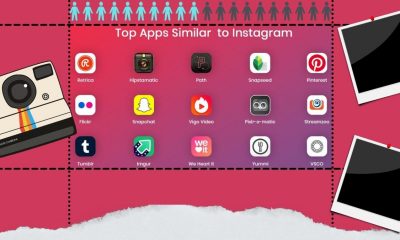News
GitHub Actions

This is the biggest thing we’ve done since the pull request.
Since GitHub’s launch in 2008, engineers on over 96 million projects have used the platform to store their code, control their versioning, and collaborate with teammates. It is one of the most impactful tools in the history of software—and it just got a lot more powerful.
This week, the company announced GitHub Actions, a workflow automation tool. With an interface that will be familiar to anyone who has used IFTTT, Actions will help engineers run their workflows directly from GitHub.
That means no more mucking around with 10 different services just to get your code into production. Engineers will be able to automate time-consuming, low-level workflows and, as GitHub puts it, “Focus on what matters: code.” Just like repos, Actions will be shareable and discoverable.
The product reveal comes just before the anticipated close of Microsoft’s $7.5 billion acquisition of GitHub. While many initially questioned the high price—GitHub was on its 10th month without a CEO when it was acquired, and analysts pegged its value closer to $3 billion —Microsoft’s thinking is clear:
Like its acquisitions of Skype and LinkedIn, the real payoff from purchasing GitHub isn’t revenue—it’s all the users (31 million in GitHub’s case) it’s able to bring into Microsoft’s world.
As Microsoft CEO Satya Nadella recently reminded, “Every business is a software business.” Engineering talent is one of the most valuable assets in the business world right now, and with GitHub, Microsoft just turned most of the world’s engineers into Microsoft users.
At $7.5 billion, that’s a steal.
Your equity could be worth millions—or nothing
In 2014, mobile security startup Good Technology was valued at $1.1 billion. Employees thought their equity packages were winning lottery tickets. They were wrong.
One year later, Good sold for $425 million. Employee share prices tumbled from $4.32 a share to $0.44. While executives made millions, employees—some of whom paid $100,000+ in taxes on their equity—made next to nothing.
Good Technology
Good Technology’s situation isn’t uncommon. Like many startups, it had investors and board members whose equity was protected by high liquidation preference—a guarantee that they get paid first and at least a certain amount when the company sells. When startup investors make millions in a sale, but money runs dry before reaching employees, a bad preference stack is often the cause.
The key for employees is knowing what to expect, so we made a simple guide to what preferences are, why they’re important, and how you might negotiate with them in mind.
-

 Marketing Tips2 days ago
Marketing Tips2 days agoWhat is my Instagram URL? How to Find & Copy Address [Guide on Desktop or Mobile]
-

 Business Imprint3 days ago
Business Imprint3 days agoAbout Apple Employee and Friends&Family Discount in 2024
-

 App Development3 days ago
App Development3 days agoHow to Unlist your Phone Number from GetContact
-

 News4 days ago
News4 days agoOpen-Source GPT-3/4 LLM Alternatives to Try in 2024
-

 Crawling and Scraping4 days ago
Crawling and Scraping4 days agoComparison of Open Source Web Crawlers for Data Mining and Web Scraping: Pros&Cons
-

 Grow Your Business2 days ago
Grow Your Business2 days agoBest Instagram-like Apps and their Features
-

 Grow Your Business4 days ago
Grow Your Business4 days agoHow to Become a Prompt Engineer in 2024
-
Marketing Tips2 days ago
B2B Instagram Statistics in 2024



